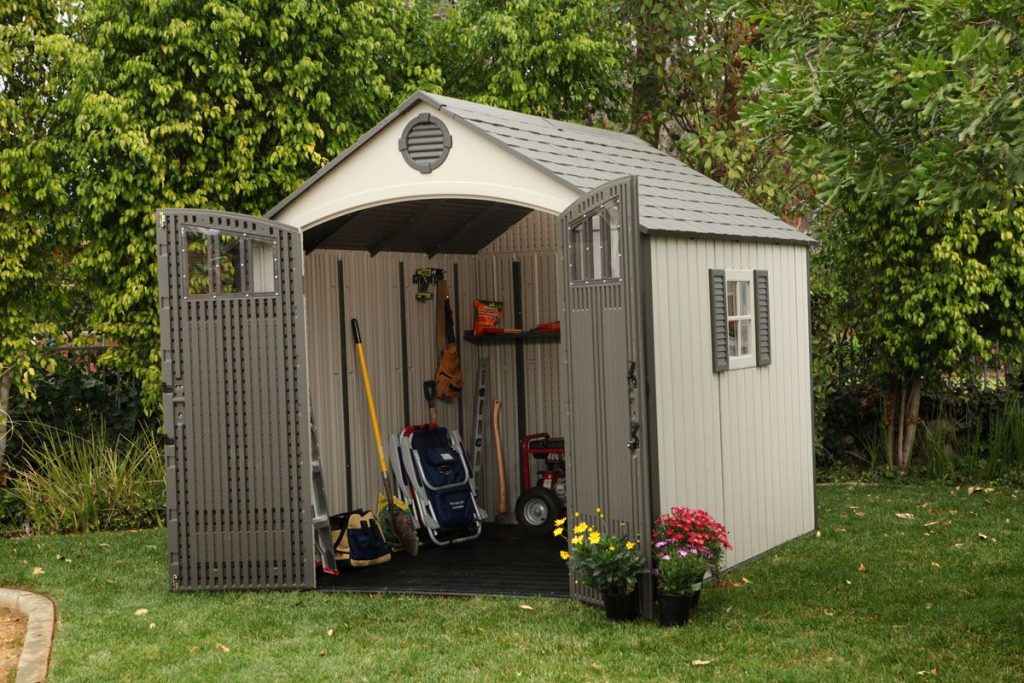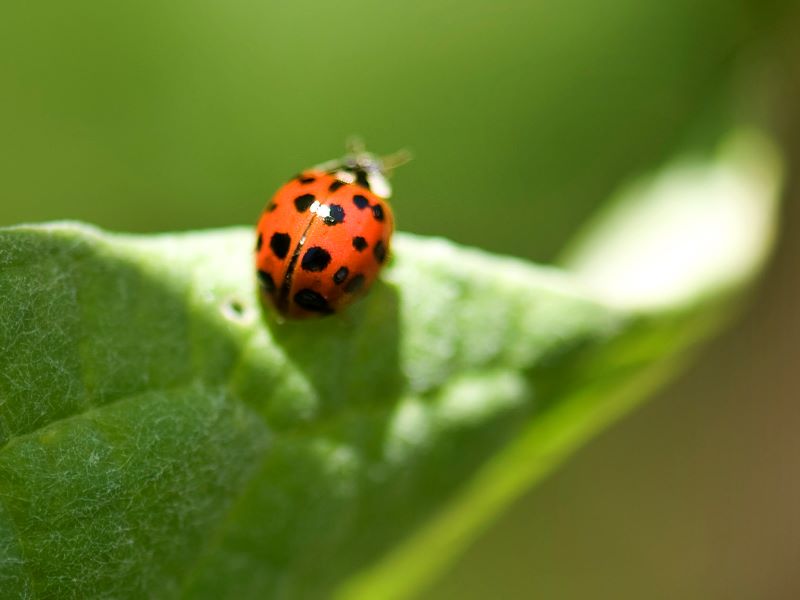Table of Contents
As the heat sets in, grass will turn brown in color. This is how the plants respond to stress caused by extreme heat, especially during the summer. Even if your grass is meant for a warm climate, it can still turn brown for several weeks.
Although your lawn may appear lifeless, it doesn’t mean the grass is dead. It is only conserving resources until temperatures improve. Seasonal dormancy is actually normal for both cool and warm-climate grass, so you needn’t say bye-bye to your grass just yet.
How to determine if your grass is dormant or dead
One way to tell whether your turf is dormant or dead is to tug on the grass plants. If you can pull out the grass from the ground easily, then it is probably dead. However, if the roots hold fast when you pull them, the grass is only dormant.
Once you start watering your grass or when rain returns, you will see the difference in your turf as moisture will gradually bring back its lush green color. On the other hand, if the grass plants are already dead, they will remain brown in color even if you water them or it rains.
The best way to ensure that your turf bounces back successfully from a period of dormancy is through continuous care.
Steps to Revive Grass
Whether barbecue season is coming or you simply want a beautiful outdoor place to relax, a turf lacking in vibrancy will definitely affect the look of your landscape. Follow these steps from a professional lawn care service in Binghamton, New York to help bring back your lawn’s former glory.
1. Remove rubbish
Similar to how you exfoliate your skin to remove dead cells, grass will also need some tender love and care to dispose of dead grass, fungi, moss, and weeds. Use a spring tine rake to rid the lawn of rubbish and prepare it for reseeding.
2. Weed out problems
To make sure the grass gets the necessary nutrients to thrive, you will need to get rid of weeds. You wouldn’t want to feed the weeds as you feed the grass as the former can end up overpowering the latter. As much as possible, remove weeds by hand so that you don’t damage your turf.
3. Reseed the lawn
The best time to reseed or sow grass seed on bare patches caused by high traffic is during spring and autumn. For bigger lawns, sowing is a more cost-effective option but may take longer for results to be observable. Before you start sowing, make sure you water the turf first. Don’t water it again until you start to see shoots so you can avoid accidentally wash away the seeds.
Make sure that no one steps on the newly planted grass while it’s growing.
4. Mow frequently
The more you mow, the faster it will be for your grass to grow and recover. Mow at least once a week during the summer and once every two weeks in spring. When mowing a reseeded lawn, wait until it’s five centimeters tall to help it thicken out.
Make certain that your mower blades aren’t set too low as the soil beneath will dry out quickly. Rather than cutting, dull mower blades will shred grass which will then make it dry out at the tip. Don’t throw out grass cuttings; instead, keep them on the compost heap.
5. Feed grass with fertilizer
Whether granules or liquid, good fertilizer can have a significant impact on the health of your lawn. A fertilizer will bring your grass back to life, but make sure you do it only once when the grass is growing and not on newly-sown turf as it will turn brown.
6. Water deeply
A lawn needs infrequent but deep watering once a week for about 20 to 30 minutes. Watering before the grass turns dormant in the summer will encourage it to develop deep roots, giving the grass better access to moisture in the soil.
Take note that wet grass at night may be prone to diseases such as fungi. If you’re using a sprinkler, make sure that it runs only between early morning and early afternoon to allow the grass to dry. It is recommended that you water your lawn early in the morning between six and 10 am when there’s less wind and temperatures are low.
Keep up with lawn maintenance
Taking care of your lawn doesn’t stop the moment you’ve successfully brought your dying grass back to life. You still need to continue landscape maintenance to keep your outdoor space in the best condition.









Hi my neighbour has sprayed weed killer over the hedge and killed off alot of my lawn,is there anything to bring it back to life,thanks.
I think you need to remove the dead grass before weed takes its place and reseed again.